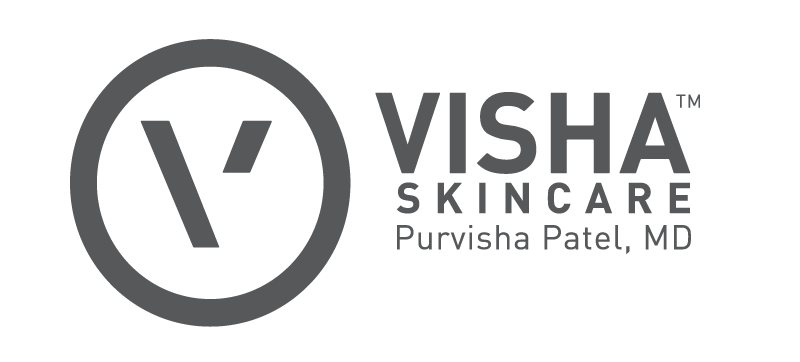
WELL+GOOD posted "How To Avoid Buying Beauty Products That Will Clog Your Pores" featuring Dr. Purvisha Patel and Visha Skincare .
The article includes Dr. Patel's expert commentary on how to figure out if beauty products are non-comedogenic.
“Solving the mystery of skin-care ingredients, especially in products that don’t brag on their non-comedogenicity, is a problem that most people with acne-prone skin have to solve,” says Purvisha Patel, MD, a board-certified dermatologist and founder of Visha Skincare. A product’s comedogenic level is measured on a scale of one to five, with the lower numbers meaning it’s non-comedogenic, and five being the most pore-clogging.
While not all skin types have to avoid comedogenic products like the plague (Dr. Patel says if you have extremely dry or mature skin, heavy creams that tend to be more comedogenic are very helpful), it’s still helpful to know just what to look for when figuring out if a skin-care product’s going to do your complexion good, and not just coat your pores. These are the three main things to watch out for.
1. Know the ingredient culprits
It’s already important to read a beauty product’s ingredient label, but it’s especially key when watching out for something that could clog your pores. There are certain ingredients that are known for doing so—Akram points out that common offenders are coconut oil, palm oil, and flaxseed oil. Dr. Patel adds that many edible ingredients tend to clog mores more, too. “Think cocoa butter, glycerin, beeswax, and other edible ingredients like almond oil or avocado oil, as they tend to be thicker and feed microbes,” she says.

